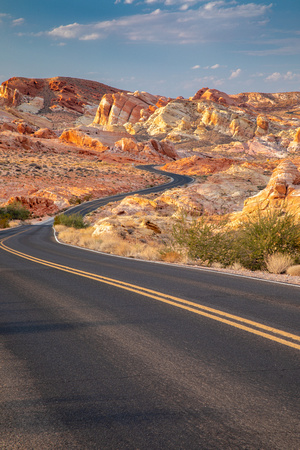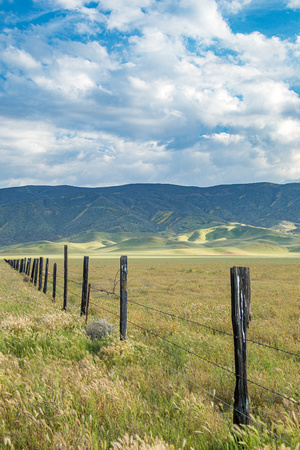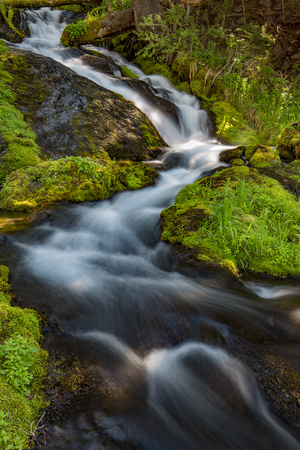Finding the image among the clutter
Visual filtering: Finding the image among the clutter
Text and photos by Heather Cline
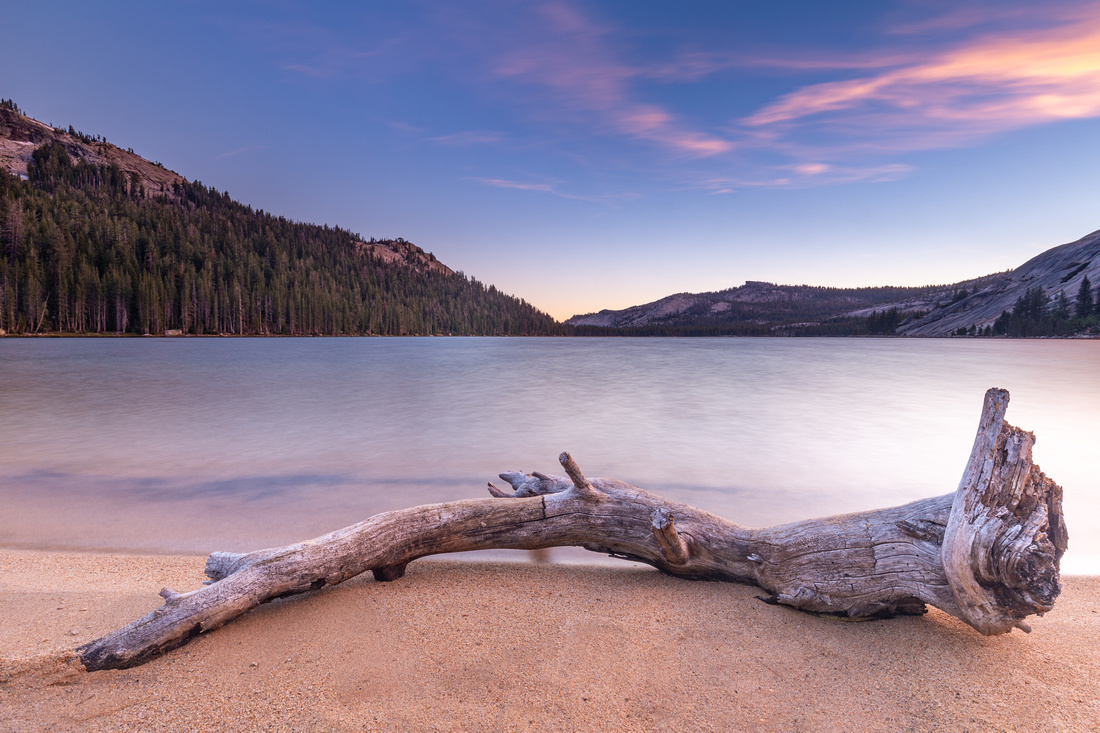 
Tree limb on Tenaya Lake, Yosemite National Park |
|
A well composed because nothing can be added, or subtracted to improve it. Good photography is all about decision making. When we focus on something, we unconsciously ignore all of the other clutter around it, but the camera doesn't have that capability. As photographers, we must interpret the scene and select only what is important tp make a meaningful composition. Photographers are presented with these decisions every time they set out to capture new and exciting subjects. This article is going to cover a few techniques to help filter out that clutter during visualization, well before the shutter is clicked. |
1. Fill the frame
 
|
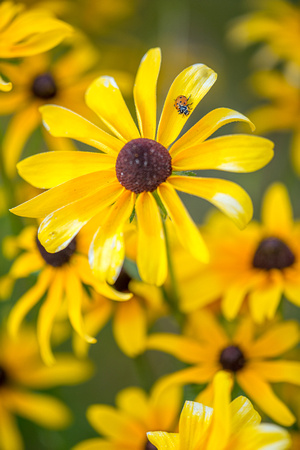 
|
 
|
| This is about making your subject a significant portion of the final composition. This is a cluster of coneflowers in Yosemite National Park. The first image has way too much going on and it isn't clear what the intended subject is. The second image is a much better viewpoint of the flowers, allowing one to stand out while also exposing the interesting ladybug detail. The third is the best with the coneflower cropped in a way that makes the image more dynamic while allowing the viewer to focus on what is important. The background helps to fill the frame by complementing the subject without distracting from it. | ||
2. Isolate the subject
| Example 1 | ||
 
|
 
|
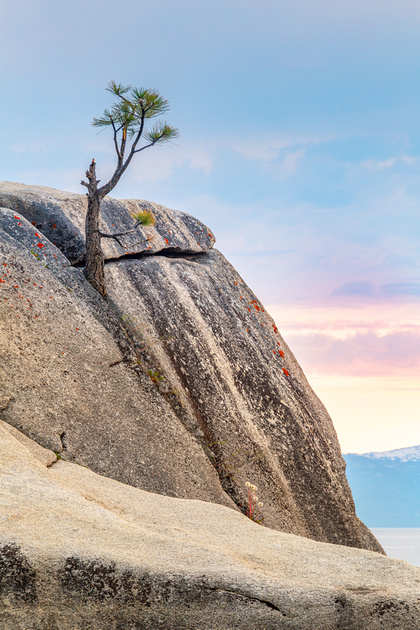 
|
| If you want your subject to stand out, you need to isolate it. These are a few images of the well-known Bonsai Rock in Lake Tahoe. The first image is fine but there are a lot of competing rocks. Plus, there are a number of cairns in the middle right of the frame that create additional clutter. The second image is better. Using a vertical composition, the extra rocks are cropped out. The third image leaves little question about what the subject is because it is made to be the most important element in the photo. | ||
| Example 2 | |
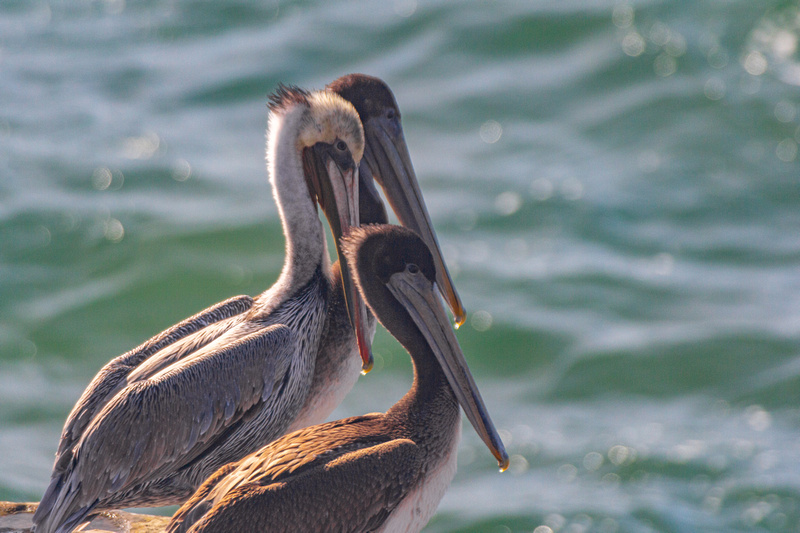 
|
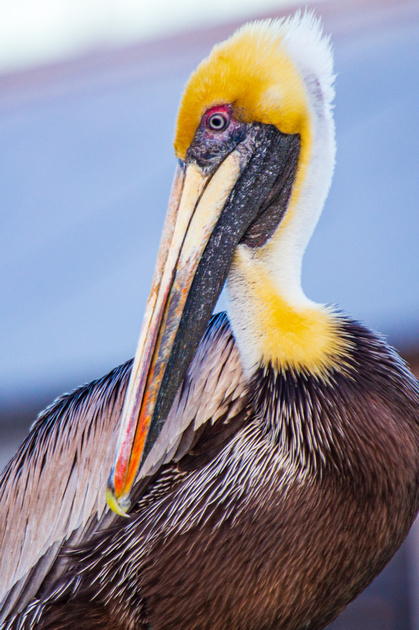 
|
| This group of pelicans make a satisfactory composition but by making the subject a larger part of the overall composition it can become a more dynamic image. This pelican was made a larger part of the overall image so there is no question about what is important to the photographer. | |
3. Compositional Rules
There are many compositional rules you can use to improve your photography. These two are helpful when you know what your subject is but need to determine how to make it stand out.
Rule of Thirds
Most cameras have a 3x3 grid that can be overlaid on the screen to help the photographer visualize where the subject should be placed. Placing the subject on any of the cross points is an easy way to make sure you are accounting for this compositional rule. This composition draws the viewers eye into the image rather than landing in the center. |
Leading Lines |
||
|
|
|
|
| Leading lines are any component of the photo that leads the viewers eye through the frame. Anything can be a leading line from hiking trails, roadways, waterways, and fence lines, these can be found fairly easily. | ||
I hope this article has helped you Find the image among the clutter using the techniques of filling the frame, isolation, and composition. If you enjoyed this, you might also enjoy:

